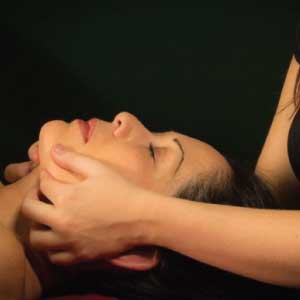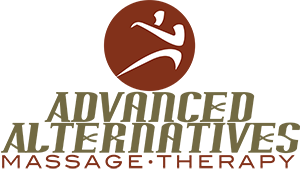Do you have TMJ Pain?
 Temporomandibular Disorders, more commonly known as “TMJ-D” is a term to describe a jaw joint disorder and the muscles that control the joints. TMJ pain is often described as a transient, dull ache in the jaw joint and nearby areas, including the ear. Instead of pain, some sufferers only have problems in the use of their jaws. Additional symptoms of TMJ can include:
Temporomandibular Disorders, more commonly known as “TMJ-D” is a term to describe a jaw joint disorder and the muscles that control the joints. TMJ pain is often described as a transient, dull ache in the jaw joint and nearby areas, including the ear. Instead of pain, some sufferers only have problems in the use of their jaws. Additional symptoms of TMJ can include:
- Inability to open the mouth comfortably
- Clicking, popping or grating sounds in the jaw joint
- Locking of the jaw when attempting to open the mouth
- Headaches
- A bite that feels uncomfortable or “off”
- Bruxism (teeth grinding and clenching)
- Neck, shoulder and back pain
- Tinnitus or ear pain
Although teeth grinding and stress are not the leading causes of TMJ-D, difficulty relaxing may be a common cause many sufferers are unaware of. Holding the body tout, including the jaw, is a common response to stress.
Massage Therapy Can Help!
At Advanced Alternatives, we understand that your TMJ-D Symptoms can be limiting and even mentally challenging. We’re here to help! Our massage therapists are skilled in injury rehab and pain relief. We have worked with numerous clients who have suffered for years and found relief through our customized massage techniques.
Schedule a Treatment!
1910 Buford Boulevard * Tallahassee
850-325-1331
Therapists Available 7 Days A Week by Appointment
Why Choose Advanced Alternatives?
 The following guidelines are for information purposes only. Seeking professional advice before beginning rehabilitation is recommended.
The following guidelines are for information purposes only. Seeking professional advice before beginning rehabilitation is recommended.
Massage Therapy
“Bodywork” or Massage Therapy is an ideal modality to relieve the pain of TMJ-D.
Your TMJ Specialists at Advanced Alternatives Massage Therapy have furthered their education in post graduate medical modalities to assist you in finding relief from this painful condition.
Training in the following five modalities is particularly valuable when treating jaw pain:
- Neuromuscular Therapy – The application of ischemic pressure to trigger points in the jaw muscles (temporalis, masseter, lateral pterygoid, and medial pterygoid) can help relieve their spasms.
- Cranial-Sacral Therapy – In addition to activating the classic stillpoint, adjustments to the mastoid, temporal, zygomatic and sphenoid bones can provide enormous TMJ-D relief.
- Post-Isometric Relaxation – Using isometric contraction to actively stretch tensed muscle fibers, adding minimal resistance for a further stretch, followed by relaxation allows for enhanced relief of the targeted muscle. This technique can restore the range of motion that typically regresses with TMJ-D disorders.
- Acupressure – Massaging the meridians, both distally and locally, that wind around the jaw can bring increased circulation and thus relief to TMJ-D. The primary meridians to the jaw are Gallbladder, Stomach, Large Intestine and Triple Warmer.
- Swedish Massage – The relaxation that results from a full-body Swedish massage should not be underestimated. Since stress is a major contributor to TMJ-D disorders, initiation of the relaxation response can have a significant impact in reducing tension held in the jaw.
For bodyworkers, TMJ-D is no mystery. Many clients present jaw pain as their primary complaint, or as a secondary nuisance. Approaching TMJ-D pain by utilizing techniques from the described five modalities provides an inclusive, holistic and effective treatment.
